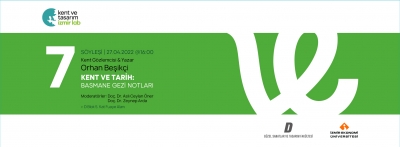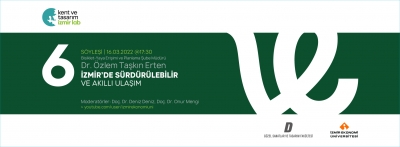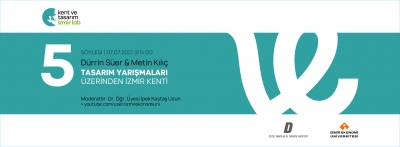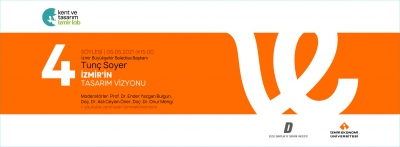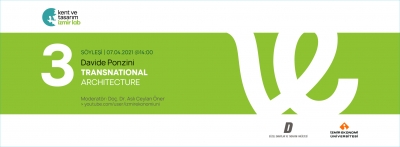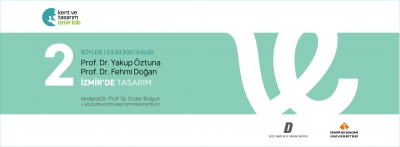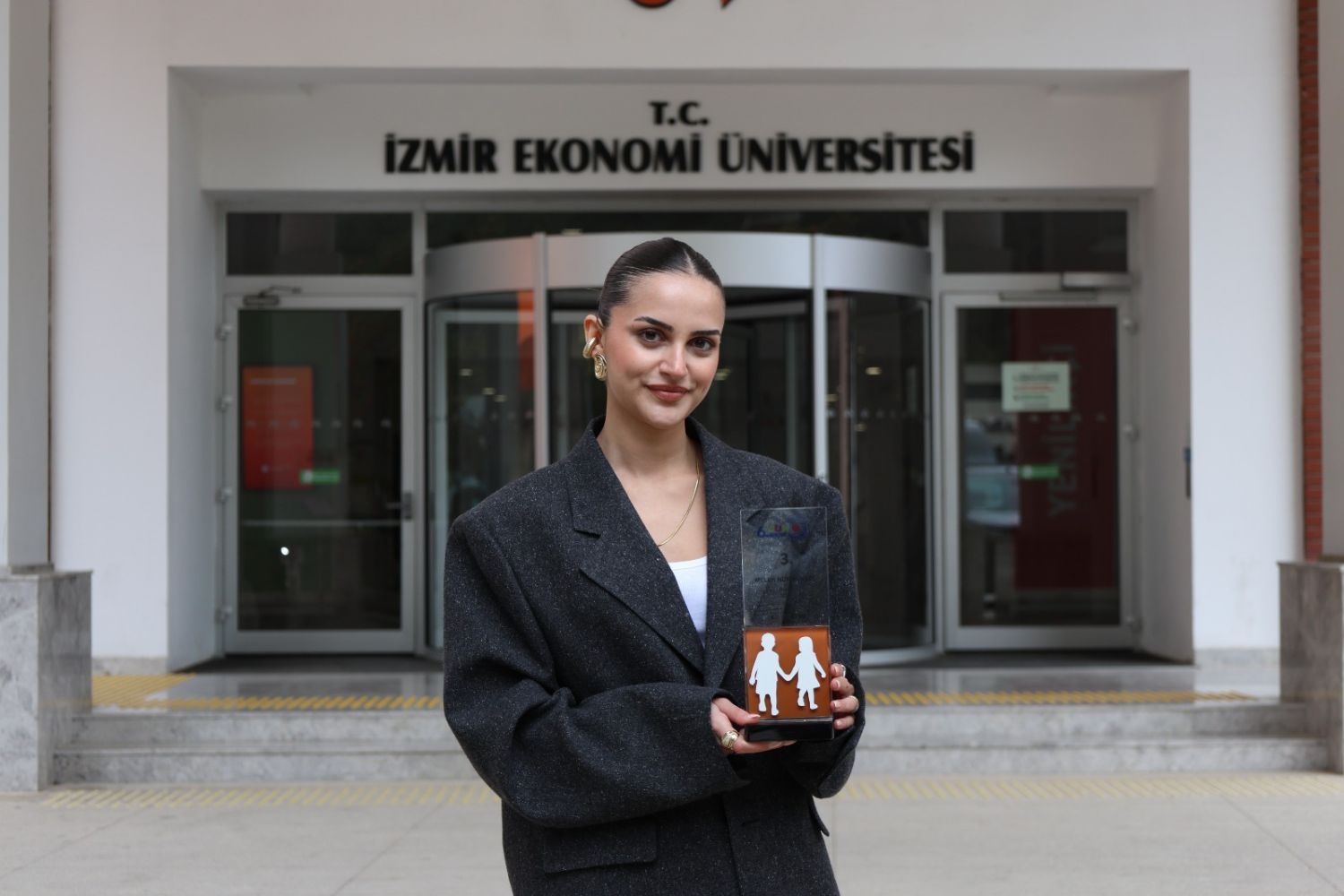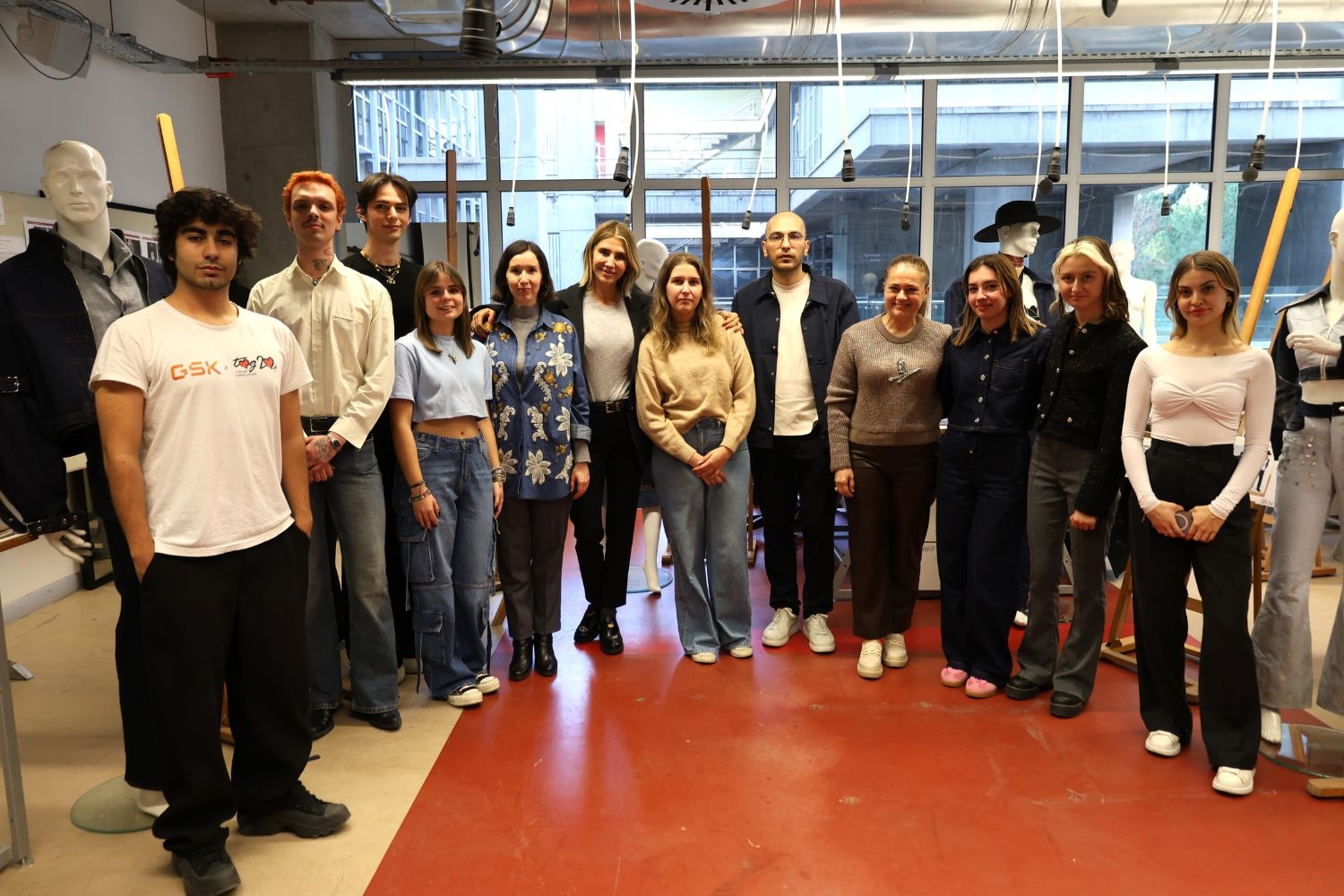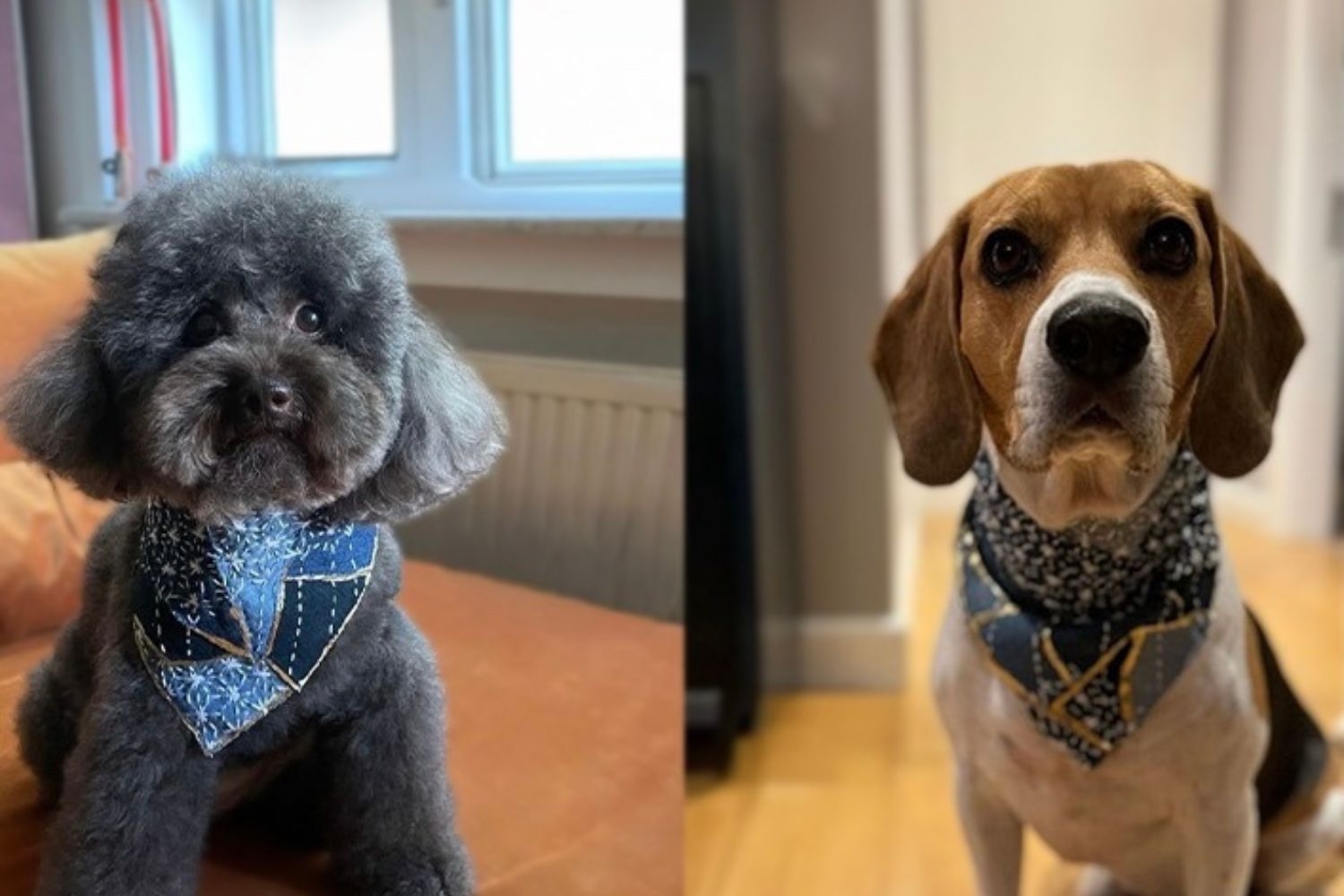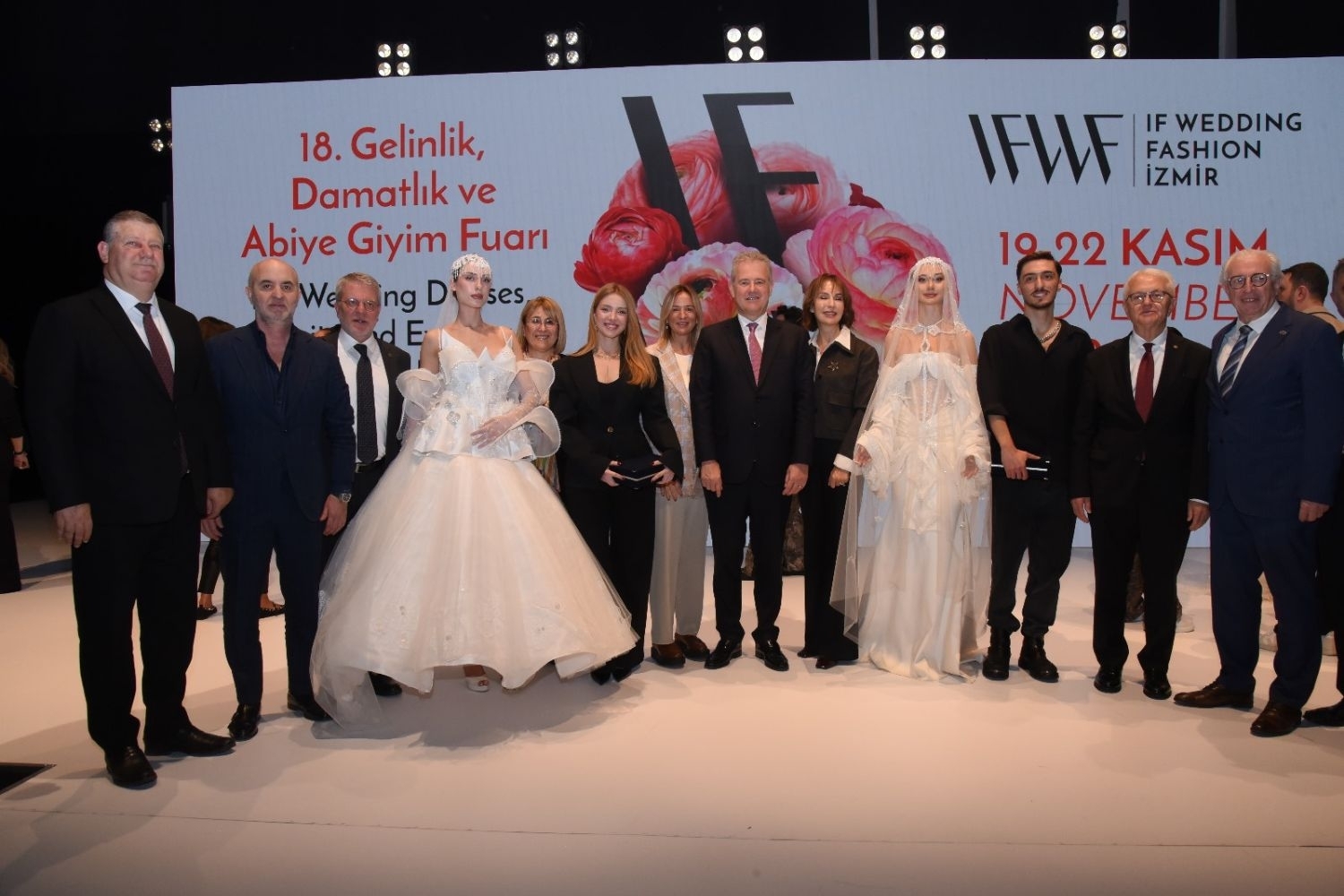FACULTY OF FINE ARTS AND DESIGN
Department of Textile and Fashion DesignFA 311 | Course Introduction and Application Information
| Course Name |
Footwear and Bag Design
|
|
Code
|
Semester
|
Theory
(hour/week) |
Application/Lab
(hour/week) |
Local Credits
|
ECTS
|
|
FA 311
|
Fall/Spring
|
2
|
2
|
3
|
4
|
| Prerequisites |
None
|
|||||
| Course Language |
English
|
|||||
| Course Type |
Elective
|
|||||
| Course Level |
First Cycle
|
|||||
| Mode of Delivery | - | |||||
| Teaching Methods and Techniques of the Course | Critical feedbackJuryField trip / ObservationApplication: Experiment / Laboratory / WorkshopLecture / Presentation | |||||
| National Occupation Classification | - | |||||
| Course Coordinator | ||||||
| Course Lecturer(s) | ||||||
| Assistant(s) | - | |||||
| Course Objectives | A practice based course which concentrates on design and prototype construction of fashion accessories. It is proposed to pursue a program in order to develop an accessory collection as contemporary design products as well as styling elements with trend research and concept/ design development with the appropriate selection of materials. |
| Learning Outcomes |
The students who succeeded in this course;
|
| Course Description | Within the context of contemporary fashion, this course focuses of the specialization of accessory design, primarily footwear and handbag design but also other key product fields such as belts and hats. Through an exploration of shoe and handbag anatomy, an examination of historical and contemporary products, and with consideration of contemporary trends, students will become familiar with this sector, before applying this knowledge in a practical context. Trend research, concept development, product family design development and illustration will amalgamate in a professional portfolio at the end of semester. |
| Related Sustainable Development Goals |
|
|
Core Courses | |
| Major Area Courses | ||
| Supportive Courses |
X
|
|
| Media and Management Skills Courses | ||
| Transferable Skill Courses |
WEEKLY SUBJECTS AND RELATED PREPARATION STUDIES
| Week | Subjects | Related Preparation |
| 1 | Introduction: Shoe Anatomy | |
| 2 | Upper Structures | |
| 3 | Upper Structures | Choklat, Aki (2012) Footwear Design. Laurence King Publishing Ltd, London. Chapter 2 Shoe Basics pp. 30 – 46 |
| 4 | Footwear Styles | Choklat, Aki (2012) Footwear Design. Laurence King Publishing Ltd, London. Chapter 2 Shoe Basics pp. 30 – 46 |
| 5 | Footwear Styles | Choklat, Aki (2012) Footwear Design. Laurence King Publishing Ltd, London. Chapter 2 Shoe Basics pp. 30 – 46 |
| 6 | Hand Bag Anatomy and Styles | Fashionary (2016) Bag Design: A Handbook for Accessories Designers . Fashionary. Part 1 - Bag Style & Details Library |
| 7 | Shoe Details Technical Drawings | Choklat, Aki (2012) Footwear Design. Laurence King Publishing Ltd, London. Chapter 5 Presentation pp. 132 – 168 |
| 8 | Handbag Details Technical Drawings | Fashionary (2016) Bag Design: A Handbook for Accessories Designers. Fashionary. Part 1 - Bag Style & Details Library |
| 9 | Contemporary Trends (2020 Shoes, Bags, Belts, Hats) | |
| 10 | Trend Development and Fabric Research | |
| 11 | Collection Design Development (Shoe, Bag, Belt, Sketching) | Choklat, Aki (2012) Footwear Design. Laurence King Publishing Ltd, London. Chapter 4 Collection Design pp. 90-110 |
| 12 | Footwear Design Technical Drawing | Choklat, Aki (2012) Footwear Design. Laurence King Publishing Ltd, London. Chapter 5 Presentation pp. 132 – 168 |
| 13 | Bag Technical Drawing | Fashionary (2016) Bag Design: A Handbook for Accessories Designers. Fashionary. • Part 3 - Bag Template Collections |
| 14 | Portfolio Preparation | |
| 15 | Semester Review | |
| 16 | Review of the Collection for Styling | Styling concept |
| Course Notes/Textbooks | |
| Suggested Readings/Materials | Choklat, Aki (2012) Footwear Design. Laurence King Publishing Ltd, London ISBN: 9781856697453 Fashionary (2016) Bag Design: A Handbook for Accessories Designers. Fashionary. ISBN: 9789887710806 |
EVALUATION SYSTEM
| Semester Activities | Number | Weigthing |
| Participation |
1
|
10
|
| Laboratory / Application | ||
| Field Work | ||
| Quizzes / Studio Critiques | ||
| Portfolio |
1
|
20
|
| Homework / Assignments | ||
| Presentation / Jury |
1
|
30
|
| Project |
1
|
40
|
| Seminar / Workshop | ||
| Oral Exams | ||
| Midterm | ||
| Final Exam | ||
| Total |
| Weighting of Semester Activities on the Final Grade |
4
|
100
|
| Weighting of End-of-Semester Activities on the Final Grade | ||
| Total |
ECTS / WORKLOAD TABLE
| Semester Activities | Number | Duration (Hours) | Workload |
|---|---|---|---|
| Theoretical Course Hours (Including exam week: 16 x total hours) |
16
|
2
|
32
|
| Laboratory / Application Hours (Including exam week: '.16.' x total hours) |
16
|
2
|
32
|
| Study Hours Out of Class |
14
|
1
|
14
|
| Field Work |
0
|
||
| Quizzes / Studio Critiques |
0
|
||
| Portfolio |
1
|
12
|
12
|
| Homework / Assignments |
0
|
||
| Presentation / Jury |
1
|
15
|
15
|
| Project |
1
|
15
|
15
|
| Seminar / Workshop |
0
|
||
| Oral Exam |
0
|
||
| Midterms |
0
|
||
| Final Exam |
0
|
||
| Total |
120
|
COURSE LEARNING OUTCOMES AND PROGRAM QUALIFICATIONS RELATIONSHIP
|
#
|
Program Competencies/Outcomes |
* Contribution Level
|
|||||
|
1
|
2
|
3
|
4
|
5
|
|||
| 1 |
To be able to develop and design a collection independently. |
-
|
X
|
-
|
-
|
-
|
|
| 2 |
To be able to do maintain a design research individually or as a team. |
X
|
-
|
-
|
-
|
-
|
|
| 3 |
To be able to develop entrepreneurship- and managerial skills for a future professional practice. |
-
|
-
|
-
|
-
|
-
|
|
| 4 |
To be able to understand, interpret and apply theoretical knowledge in fashion and textile design. |
-
|
-
|
-
|
-
|
-
|
|
| 5 |
To be able to analyze and integrate the particular local and regional needs and of their profession. |
-
|
-
|
-
|
-
|
-
|
|
| 6 |
To be able to obtain a multidisciplinary point of view, follow and analyze the new issues, changes and trends in contemporary design and art in such a way that they can be integrated into design practice. |
-
|
X
|
-
|
-
|
-
|
|
| 7 |
To be able to apply industrial requirements, knowledge of material & usage and know-how knowledge in the creation of high quality fashion products. |
-
|
-
|
X
|
-
|
-
|
|
| 8 |
To be able to use digital information and communication technologies at a level that is adequate to the discipline of fashion and textile design. |
-
|
X
|
-
|
-
|
-
|
|
| 9 |
To be able to develop an ongoing analytical and professional approach to academic and design research. |
-
|
-
|
-
|
-
|
-
|
|
| 10 |
To be able to recognize the need and importance of a personal lifelong learning attitude towards their chosen area of interest. |
-
|
-
|
-
|
-
|
-
|
|
| 11 |
To be able to collect data in the areas of fashion and textile design and communicate with colleagues in a foreign language ("European Language Portfolio Global Scale", Level B1). |
-
|
-
|
-
|
-
|
-
|
|
| 12 |
To be able to speak a second foreign at a medium level of fluency efficiently. |
-
|
-
|
-
|
-
|
-
|
|
| 13 |
To be able to relate the knowledge accumulated throughout the human history to their field of expertise. |
-
|
-
|
-
|
-
|
-
|
|
*1 Lowest, 2 Low, 3 Average, 4 High, 5 Highest
NEWSALL NEWS

IZMIR UNIVERSITY OF ECONOMICS GÜZELBAHÇE CAMPUS
DetailsGLOBAL CAREER
As Izmir University of Economics transforms into a world-class university, it also raises successful young people with global competence.
More..CONTRIBUTION TO SCIENCE
Izmir University of Economics produces qualified knowledge and competent technologies.
More..VALUING PEOPLE
Izmir University of Economics sees producing social benefit as its reason for existence.
More..









